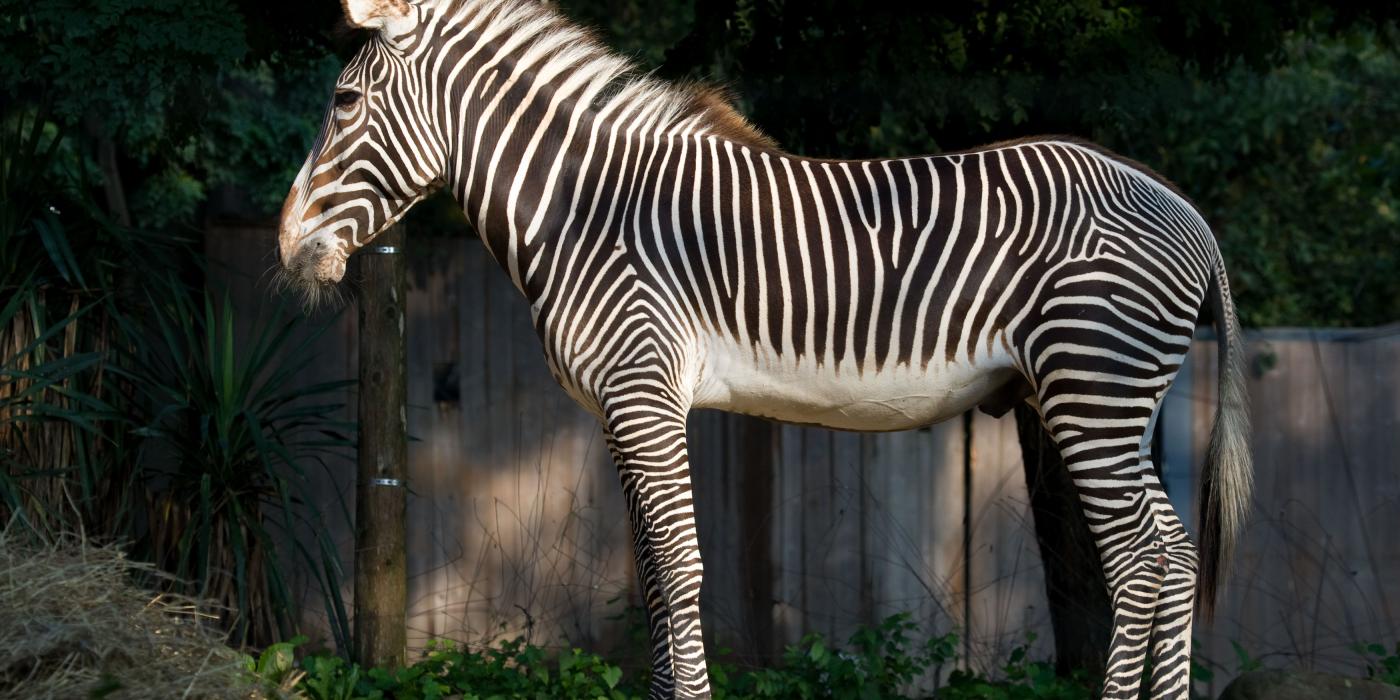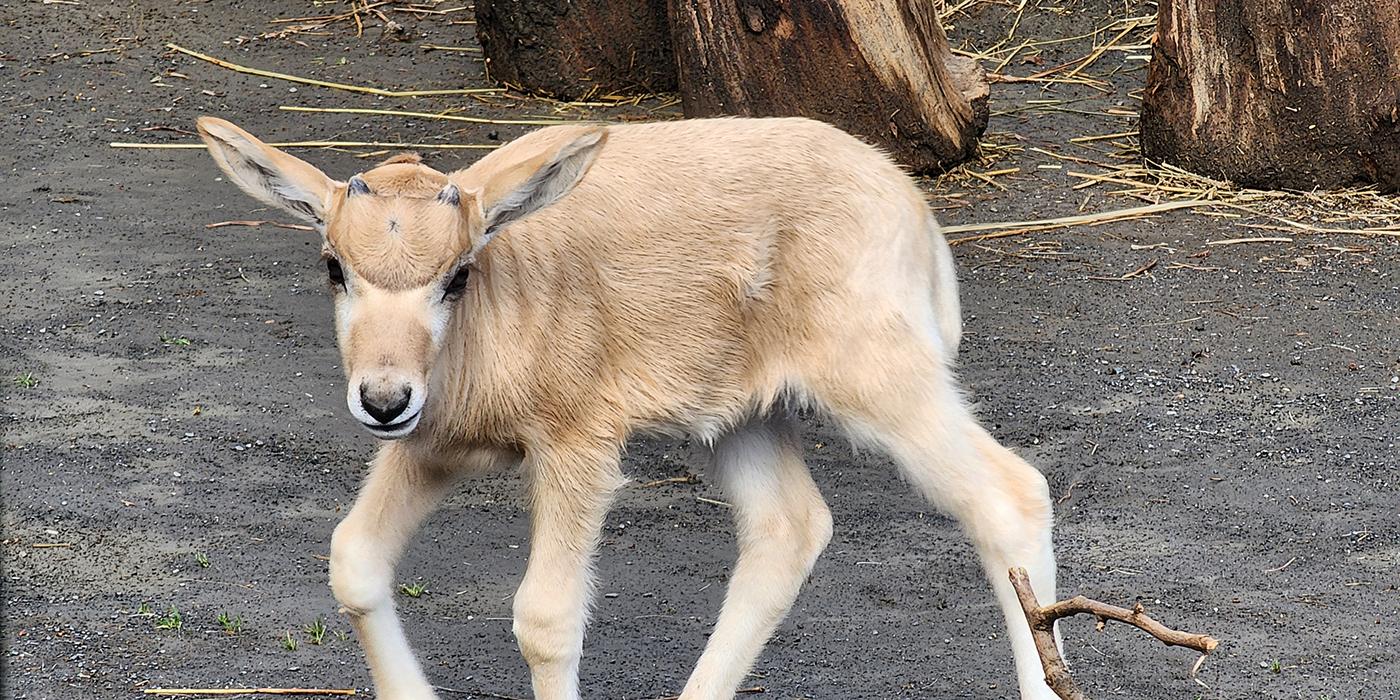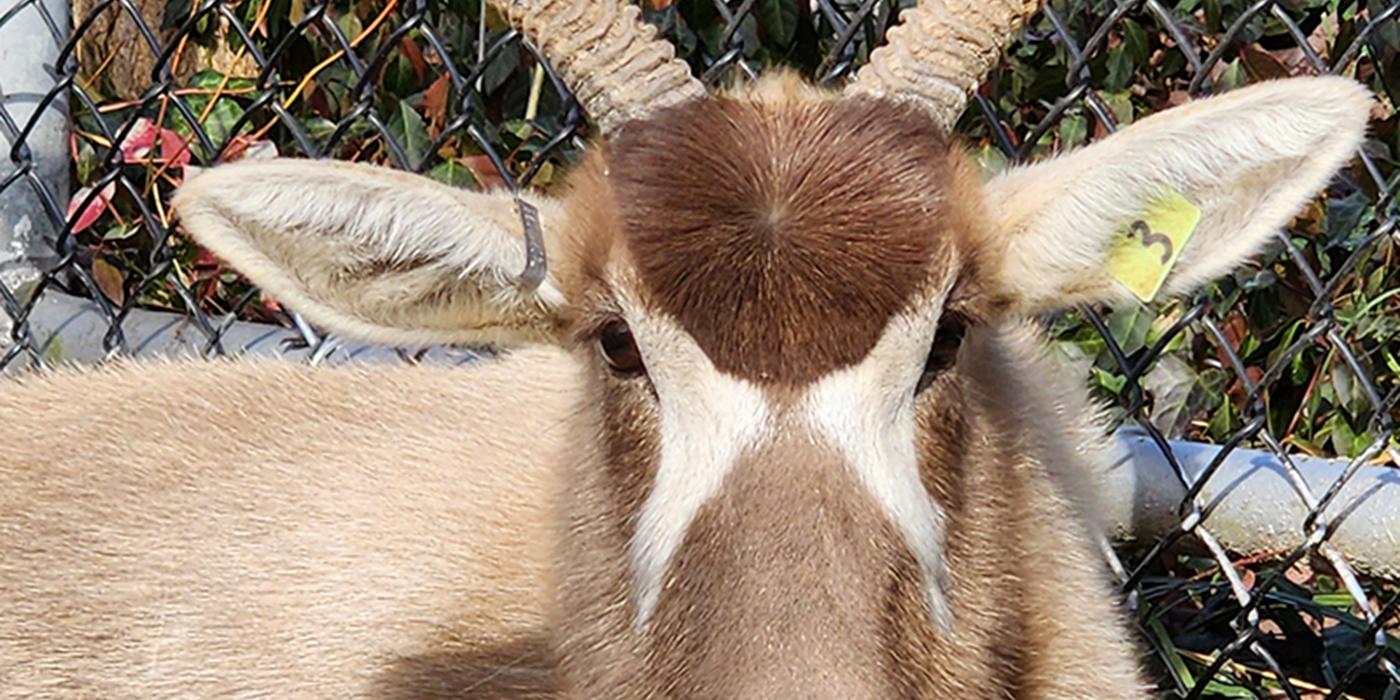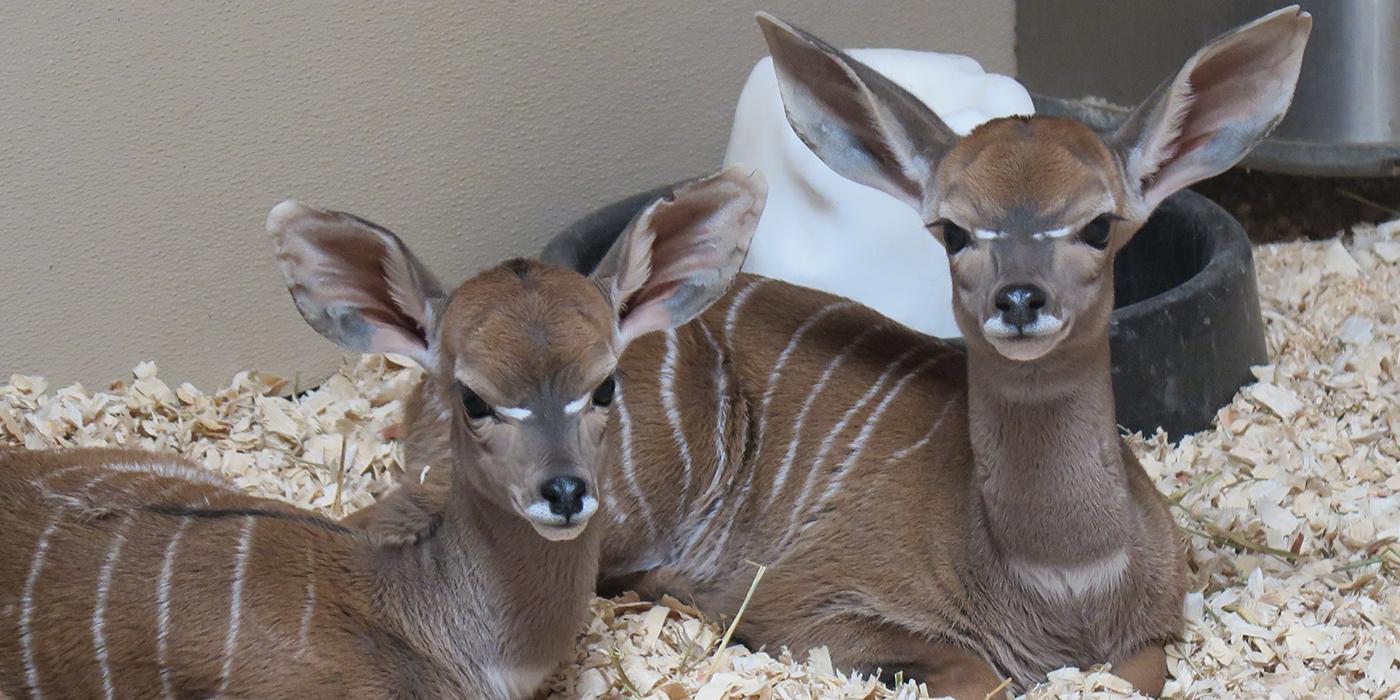7 Facts to Celebrate International Zebra Day!
Celebrate International Zebra Day by learning all about the largest of these striped equids: the Grevy’s zebra! Grevy’s zebras stand 4-5 feet tall at the shoulder and typically weigh between 770 and 950 pounds.
What do Grevy’s zebras eat?
These equines mainly eat grasses, but they’ll also feed on bark, fruit and leaves. They typically spend more than half their day grazing, and their teeth are well-adapted for munching on tough, coarse grasses that can be difficult for other herbivores (or plant eaters) to digest.
Do zebras have good eyesight?
Yes! Grevy’s zebras have very keen eyesight and can spot movement at great distances. Their large eyes are set far back on their heads, giving them a wide field of vision.
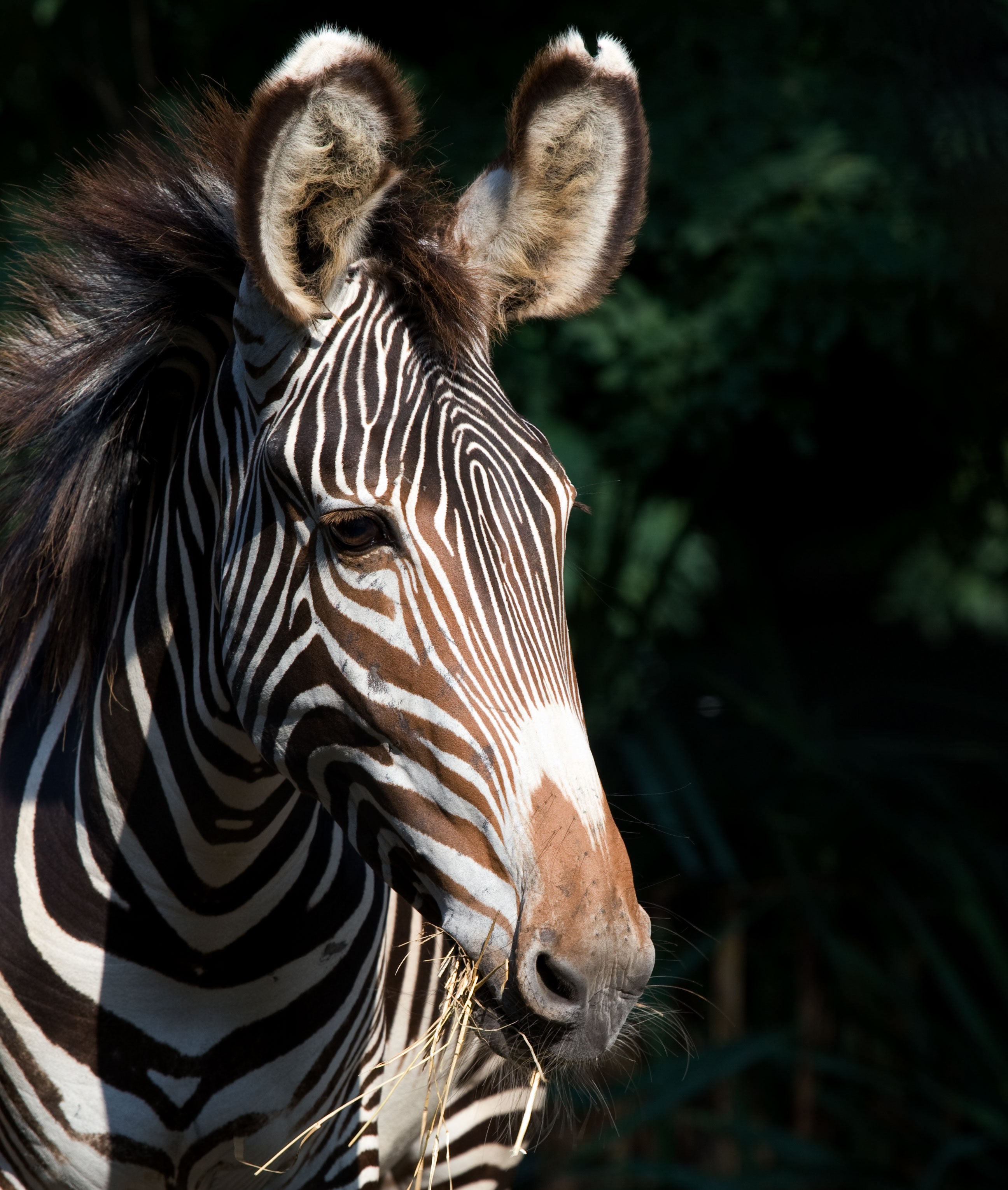
How do zebras avoid predators?
Long, slender legs and hoofed feet help zebras run quickly away from fast-moving predators, such as cheetahs. In fact, full-grown zebras are not typically on the list of cheetah prey. Zebras are large animals capable of delivering powerful kicks and forceful bites, which could easily injure a cheetah.
Where does the Grevy’s zebra live?
This endangered species is found in Ethiopia and northern Kenya, with a small introduced population in southern Kenya. It’s estimated that less than 2,500 Grevy’s zebras remain in the wild.
They live in semi-arid scrub and grasslands, preferring hot, dry regions and can often be seen on the open plains, mingling with other grazing animals, such as wildebeest, ostriches and antelopes.
Fossils discovered in China and Uzbekistan, as well as a 2-million-year-old fossil found in South Africa, suggest that ancestral forms of Grevy’s zebras were once widespread in Africa and Eurasia. More recent fossils also show that during the Neolithic period (about 6,000 years ago), Grevy’s zebras had a range that extended as far north as Egypt!
Are a zebra’s stripes black or white?
The zebra’s skin is black or dark brown, while its coat is striped in black and white. Did you know that those stripes appear all over its body, even on its mane and ears? The Grevy’s zebra has about 80 stripes!
Related Species:

